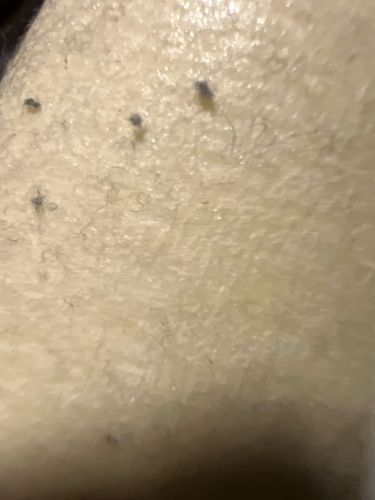Fungus Gnats
Scientific Name: Sciaridae (most common), Mycetophilidae
Order & Family: Diptera: Sciaridae / Mycetophilidae
Size: 2-8 mm (adults)

Natural Habitat
Damp, organic-rich environments, often associated with potted plants, decaying organic matter, and moist soil. They are common indoors.
Diet & Feeding
Larvae feed on fungi, decaying organic matter, and plant roots (especially fine root hairs). Adult fungus gnats do not feed significantly and primarily focus on reproduction.
Behavior Patterns
Adults are weak flyers, often seen crawling on soil or flying in erratic patterns close to plants. Females lay eggs in moist soil. Larvae develop in the soil, feeding on organic matter and roots. The life cycle from egg to adult is typically 3-4 weeks depending on conditions.
Risks & Benefits
Risks: Can be a nuisance indoors. Larvae can damage plant roots, especially seedlings and young plants, leading to wilting, stunted growth, or plant death in severe infestations. They do not bite humans or transmit diseases. Benefits: In natural ecosystems, they contribute to decomposition of organic matter, which can be beneficial.
Identified on: 10/25/2025